Historic Philadelphia was the intellectual, cultural, and financial center of the adolescent nation. Artist William Birch’s series of paintings from that era illustrate several key landmarks that Lewis would have visited. Text is provided by Philadelphian Charles Reed.
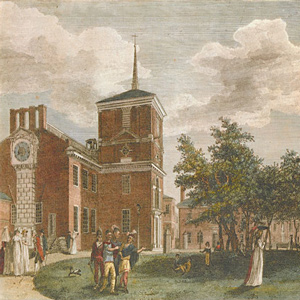

Lewis’s visit to Philadelphia in 1803 came at a time of diminished status for the State House. The national government had moved to Washington. Old City Hall was no longer occupied by the Supreme Court of the United States and Congress Hall was without Congress.
Christ Church
by Charles F. Reed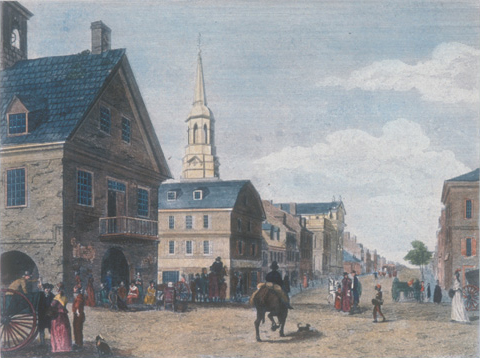

One of Bishop White’s parishioners at Christ Church was George Washington. The burial ground contains Benjamin Franklin’s grave and those of seven other signers of the Declaration of Independence.
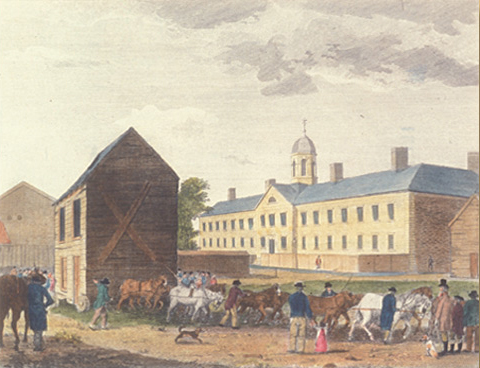

The irony inherent in the juxtaposition of the A.M.E. Church’s prime sanctuary as a symbol of fellowship and hope, with the Walnut Street Gaol (jail) as a place of isolation and despair, would not have been lost on any black person or white abolitionist.
The New Market
by Charles F. Reed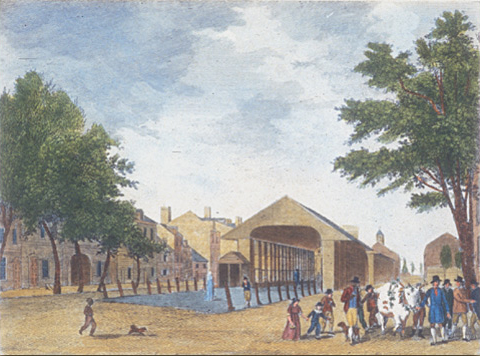

In 1845 the busy activity of the markets on High Street was matched by a new market on a slight elevation above Dock Creek, between Walnut and South Streets. The neighborhood was called Society Hill, from the Society of Traders that once had an office there.
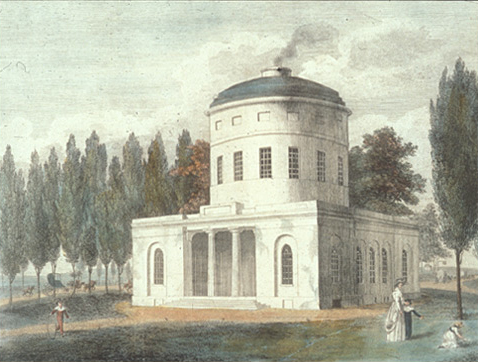

Although it would be many years before the entire city had access to pure water, the completion of the Water Works in 1800 helped to reduce the threat of epidemics and provided a foundation for continued urban growth.
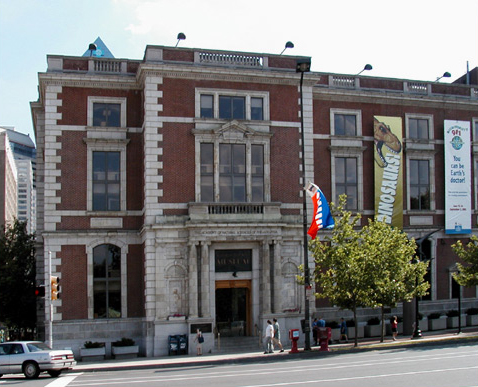

The Academy’s monumental collection of scientific specimens includes the Lewis and Clark Herbarium, consisting of most of the botanical specimens the Expedition brought back East.
William Birch
by Charles F. Reed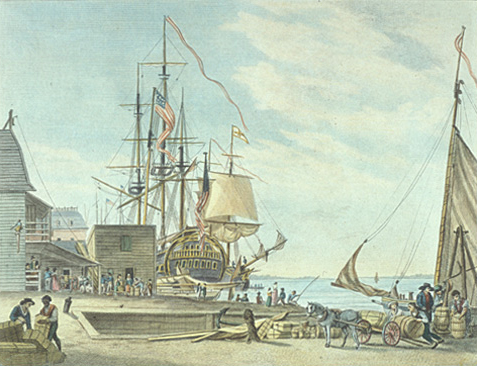

The Philadelphia buildings Birch portrayed have in turn tended to be those that have been preserved, restored or reconstructed, preserving a period when an epic expansion began its exploratory trickle.
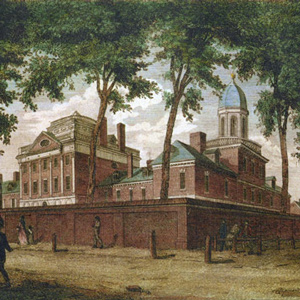

Like the European charity hospitals, and unlike the Alms House a block away at 10th and Spruce, free medical care was to be provided for the poor, though paying patients were also welcomed. Not admitted were victims of contagious disease and “incurables” except “lunaticks.”
The Woodlands
Repository of plant specimens
by Catharine P. Fussell, Joseph A. Mussulman, Timothy Preston Long

Lewis sent plant specimens to William Hamilton who cultivated them in his garden at The Woodlands outside of Philadelphia.
Port and Shipyard
by Joseph A. Mussulman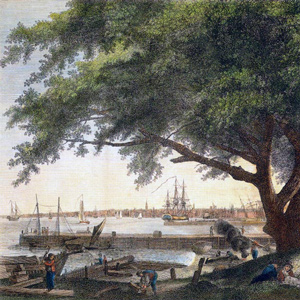

Kensington was one of the two shipbuilding areas at Philadelphia. The other was at Humphrey’s Shipyard. The tree may have been the one beneath which William Penn consummated his peace treaty with the Lenni Lenape Indians.


Lewis may have viewed this bank as a symbol of a victory of Hamilton over Jefferson in the first clash of their respective interpretations of the Constitution.
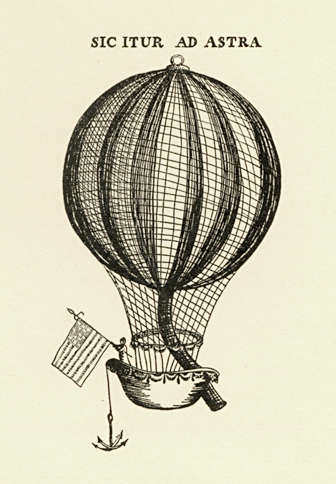

It is not difficult to imagine Jefferson—who probably witnessed the flight—just a few years later contemplating another kind of adventure and recalling those days of excitement and tragedy in Philadelphia.
Experience the Lewis and Clark Trail
The Lewis and Clark Trail Experience—our sister site at lewisandclark.travel—connects the world to people and places on the Lewis and Clark Trail.
Discover More
- The Lewis and Clark Expedition: Day by Day by Gary E. Moulton (University of Nebraska Press, 2018). The story in prose, 14 May 1804–23 September 1806.
- The Lewis and Clark Journals: An American Epic of Discovery (abridged) by Gary E. Moulton (University of Nebraska Press, 2003). Selected journal excerpts, 14 May 1804–23 September 1806.
- The Lewis and Clark Journals. by Gary E. Moulton (University of Nebraska Press, 1983–2001). The complete story in 13 volumes.

